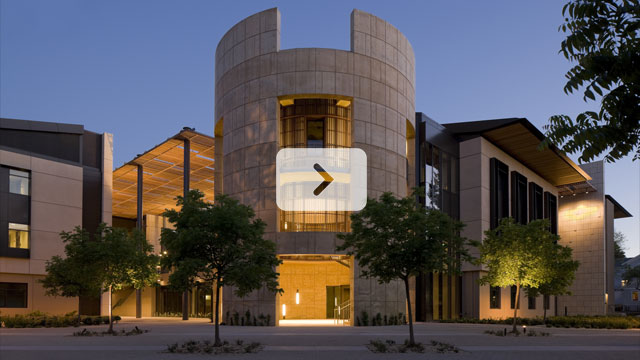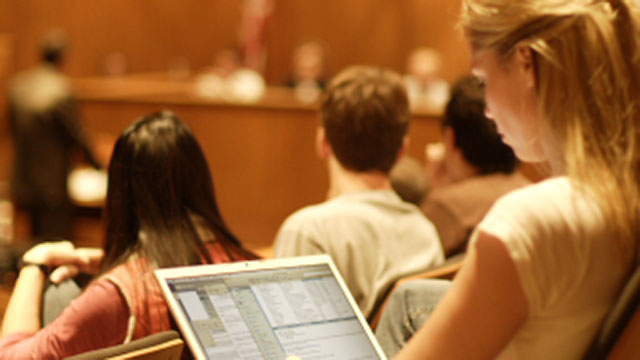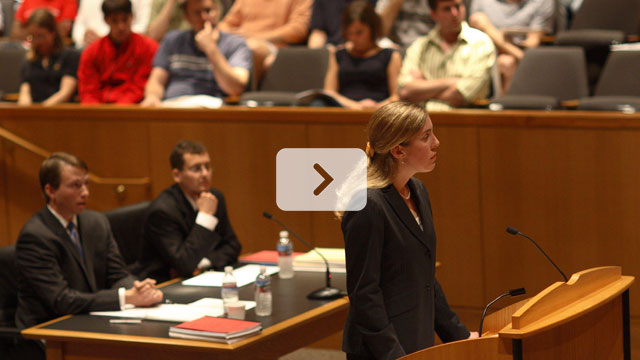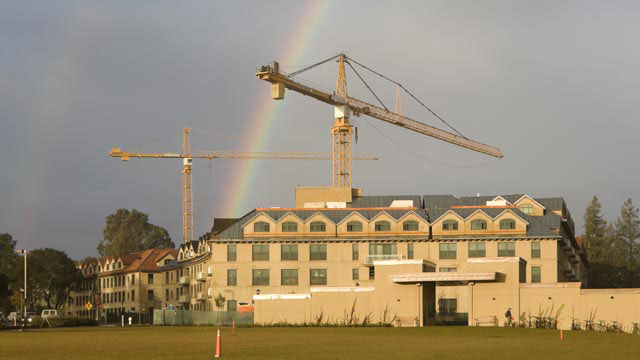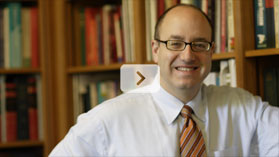 Neukom BuildingThe William H. Neukom Building provides a collaborative environment that promotes interdisciplinary studies.
Neukom BuildingThe William H. Neukom Building provides a collaborative environment that promotes interdisciplinary studies. Financial AidThe Stanford Challenge strengthened the law school’s commitment to financial aid.
Financial AidThe Stanford Challenge strengthened the law school’s commitment to financial aid. Interdisciplinary EducationA growing number of law students are pursuing joint degrees.
Interdisciplinary EducationA growing number of law students are pursuing joint degrees. Mills Legal ClinicThrough the Mills Legal Clinic, students get hands-on litigation practice.
Mills Legal ClinicThrough the Mills Legal Clinic, students get hands-on litigation practice. Levin Center for Public Service and Public Interest LawPublic service is a pervasive part of every law student’s experience.
Levin Center for Public Service and Public Interest LawPublic service is a pervasive part of every law student’s experience. Munger Graduate ResidenceNew graduate housing attracts graduate students from different fields of study.
Munger Graduate ResidenceNew graduate housing attracts graduate students from different fields of study.
MESSAGE FROM THE DEAN
Five years ago, as part of The Stanford Challenge, we embarked on an ambitious mission to change how law students are educated to meet the changing needs of the legal profession and society. Our fundraising goals to support these changes were equally ambitious.
Because of you, our alumni and friends, we exceeded not just our expectations, but also our hopes. We have succeeded because of your generosity, your time and effort, and your goodwill.
Thank you.
Lawyers today need to know more than how to spot problems and crunch cases. To serve their clients and society well, they need a broader set of tools: tools that can be acquired only from exposure to other disciplines, combined with hands-on training in how to deploy this new knowledge.
In response to this need we greatly expanded opportunities both to study disciplines outside the law and to learn by doing, along the way creating the most truly interdisciplinary law program and the best clinical program in the nation.
We now have 28 formal joint degree programs, along with unlimited opportunities for students to customize a joint degree. The number of law students enrolled in joint degree programs increased ninefold over the past six years. And on the clinical front, every student who wants to take a clinic can now do so. Moreover, the experience is now full time for a quarter, with no other distractions and with increased opportunities to do more and different kinds of work.
Finally, through the construction of both the William H. Neukom Building and the Munger Graduate Residence, we have expanded our campus to accommodate growth in faculty, clinics, and academic programs and centers and to foster the kind of intellectual culture they produce.
These achievements were made possible by your generous support. In these and in many other ways, Stanford Law School changed to meet The Stanford Challenge: educating leaders who will drive and implement creative solutions to global challenges. The stories that follow touch on some of the ways in which SLS is accomplishing this mission.
The response from alumni and friends to the challenges that the law school has faced these past few years has been both heartening and humbling. We are extremely fortunate to have so many alumni and friends who are engaged and committed to keeping Stanford Law School at the cutting edge, meeting the changing needs of the legal profession and our society.
I am grateful to all our alumni and friends who support the school. On behalf of our faculty and students, thank you and congratulations on the success of The Stanford Challenge.
Sincerely,
Larry Kramer
Richard E. Lang Professor of Law and Dean


